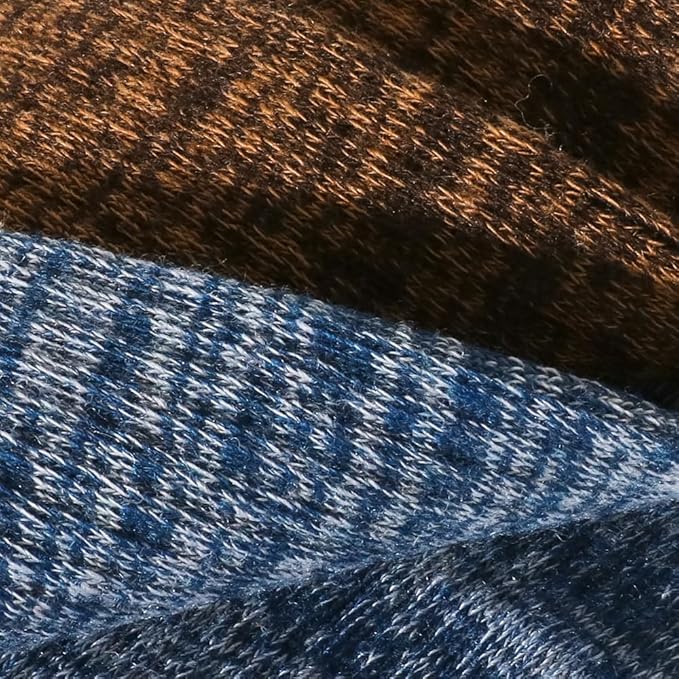1. Why Your Feet Stay Cold—Even With Thick Socks
You bundle up in thick winter socks, but your feet are still freezing. Sound familiar?
Most people assume warmth comes from thickness, but that's only part of the story. The real difference? The material your socks are made of.
2. Cotton and Synthetics: Why They Fail You
Let’s break it down:
Cotton absorbs moisture but doesn’t release it, leaving your feet damp and cold.
Synthetic fibers trap heat, but don’t breathe, making your feet sweaty, then clammy.
Neither is ideal for winter.
3. The Game-Changer: Merino Wool Socks
Merino wool isn’t just for hikers and athletes—it’s a winter essential for anyone who wants warm, dry feet.
Why Merino wool socks work:
Temperature-regulating: Keeps you warm without overheating.
Moisture-wicking: Pulls sweat away from your skin.
Odor-resistant: Naturally antibacterial—no more smelly socks.
Soft and non-itchy: Unlike regular wool, Merino is ultra-fine and gentle on skin.
4. Real Users, Real Warmth
“I used to wear two pairs of socks in winter. Now I just wear Merino wool—and my feet are finally warm!”
— Jessica W., Vermont
Whether you’re heading to the office, hiking a snowy trail, or just trying to stay cozy indoors, Merino wool socks deliver comfort and performance all day long.
5. Ready to Upgrade Your Winter Sock Game?
Stop relying on thick, heavy socks that trap moisture and leave you cold.
Try Merino wool—and feel the difference from Day One.





